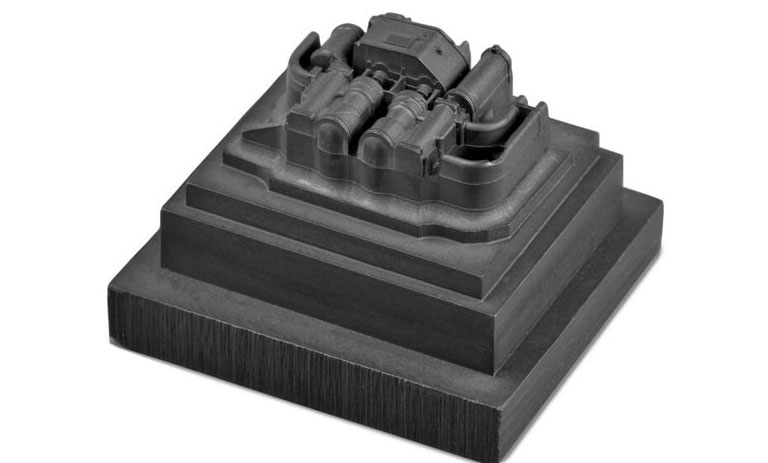Graphite Electrode for EDM

Electrical discharge machining (EDM) is a precision machining process that uses electrical sparks to remove material from metal workpieces. It is particularly suitable for machining hard metals and complex shapes, which are often difficult to achieve with traditional machining methods. EDM is widely used in mold manufacturing, automotive and electronics industries. With excellent properties such as high thermal conductivity, electrical conductivity and processability, specialty graphite is widely used as an EDM electrode material.
Why Special Graphite Is Used to Process EDM Graphite Electrodes?
- High thermal conductivity. Graphite has high thermal conductivity and can effectively dissipate the heat generated during the EDM process. This helps maintain electrode and workpiece integrity, reduces wear and improves surface roughness.
- Excellent electrical conductivity. Graphite has excellent electrical conductivity, ensuring efficient spark generation and stable material removal rates for precision machining.
- Ease of processing. The graphite material is easy to process into complex shapes and has high precision, making it ideal for the manufacture of detailed and complex EDM electrodes. It can be cut, drilled and milling using standard machining tools.
- Low wear rate. Compared with other materials such as copper, graphite electrodes have a lower wear rate. This means it can be used longer without replacement, reducing downtime and costs.
- Stability at high temperatures. The specialty graphite remains stable at high temperatures and is able to maintain its properties and dimensional accuracy during the EDM process. This is essential to achieve consistent processing results in high-temperature applications.
Graphite materials used for EDM electrodes can be classified according to its particle size, purity and density. The choice of special graphite type and grade depends on the specific requirements of the processing process and the desired finished product effect.



